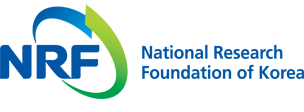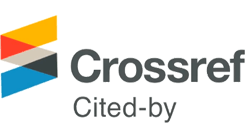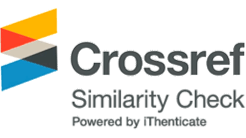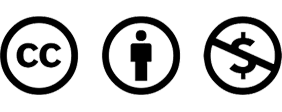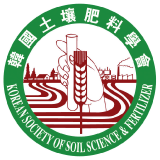Opinion
Andre CD, Jose AMD, Raphael AVR, Rodnei R. 2020. Soil environment grouping system based on spectral, climate, and terrain data: a quantitative branch of soil series. J. Soil. 6:163-177. https://doi.org/10.5194/soil-6-163-2020.
10.5194/soil-6-163-2020Cho SR, Go WR, Seo BH, Lee DB, Sonn YK. 2023. Establishment of soil suitability for growing bracken (Pteridium aquilinum L.) using the quantification theory I. J. Korean Soc. Soil Sci. Fert. 56:109-118. https://doi.org/10.7745/KJSSF.2023.56.1.109
10.7745/KJSSF.2023.56.1.109Hur SO, Sonn YK, Lee KJ, Lee ST, Park CW, Jeon SH, Ha SK, Kim JG. 2008. Water movement characteristics by soil horizon of cumulants Anthrosol in highland. p. 132. In Proceedings of the Korean Society of Soil Science and Fertilizer Conference, Seoul, Korea.
IUSS Working Group WRB. 2022. World reference base for soil resources: International soil classification system for naming soils and creating legends for soil maps (4th ed.). International Union of Soil Sciences (IUSS), Vienna, Austria.
Jung KH, Sonn YK, Hur SO, Ha SK, Jung MH. 2015. Hydraulic characteristics of mountainous forest soils in Korea and applicability of pedotransfer functions. J. Korean Soc. Soil Sci. Fert. 48:428-435. https://doi.org/10.7745/KJSSF.2015.48.5.428.
10.7745/KJSSF.2015.48.5.428Jung YT, Jung SJ, Hyeon GS, Sonn YK, Cho YK, Yun ES, Cho GH. 2001. Classification of morphological types of the korean paddy soils for practical use of soil survey results. J. Korean Soc. Soil Sci. Fert. 34:77-84.
Jung YT, Son IS, Yun ES, Sonn YK, No YP. 1996. Tentative suitability criteria for the consolidation of cultivated upland in korea. J. Korean Soc. Soil Sci. Fert. 29:81-85.
Lee DB, Kim YN, Sonn YK, Kim KH. 2023b. Comparison of soil taxonomy (2022) and WRB (2022) systems for classifying paddy soils with different drainage grades in South Korea. Land. 12:1204. https://doi.org/10.3390/land12061204
10.3390/land12061204Lee DB, Seo BH, Go WR, Cho SR, Sonn YK. 2023a. Comparison among soil taxonomy (2014), WRB (2014), and WRB (2022) systems on anthropogenic soils in Korea. J. Korean Soc. Soil Sci. Fert. 56:68-76. https://doi.org/10.7745/KJSSF.2023.56.1.068
10.7745/KJSSF.2023.56.1.068NAAS (National Academy of Agricultural Science). 2014. Taxonomical classification of Korean soil. RDA, Suwon, Korea.
NIAST (National Institute of Agricultural Science and Technology). 1973. Soil Survey Manual: Field Investigation and Classification (No. 1). RDA. Suwon, Korea.
Soil Science Division Staff. 2017. Soil survey manual. Agriculture Handbook No. 18. USDA-NRCS, Washington DC, USA.
Soil Survey Staff. 2014. Keys to Soil Taxonomy Twelfth Edition. USDA-NRCS (United States Department of Agriculture-Natural Resources Conservation Service). Washington DC, USA.
Sonn YK, Seo BH, Go WR, Jeon SH, Hyun BK, Yun SK. 2019. Consideration of suffix symbol on soil taxonomy and world reference base for soil resources classification. Korean J. Soil Sci. Fert. 52:345-351. https://doi.org/10.7745/KJSSF.2019.52.4.345
10.7745/KJSSF.2019.52.4.345Sonn YK, Seo BH, Go WR, Jeon SH. 2020. Quantification of drainage classes of Korean soils as morphological characteristics. Korean J. Soil Sci. Fert. 53:668-676. https://doi.org/10.7745/KJSSF.2020.53.4.668
10.7745/KJSSF.2020.53.4.668- Publisher :Korean Society of Soil Science and Fertilizer
- Publisher(Ko) :한국토양비료학회
- Journal Title :Korean Journal of Soil Science and Fertilizer
- Journal Title(Ko) :한국토양비료학회 학회지
- Volume : 58
- No :1
- Pages :144-150
- Received Date : 2024-11-08
- Revised Date : 2024-12-17
- Accepted Date : 2024-12-26
- DOI :https://doi.org/10.7745/KJSSF.2025.58.1.144
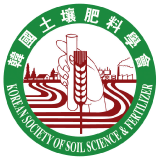


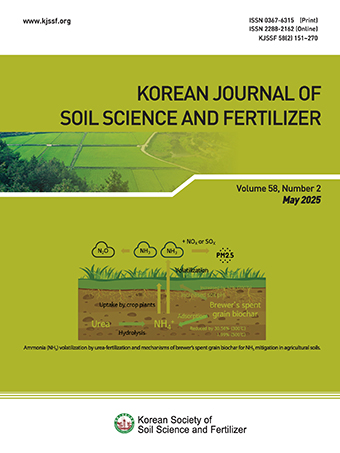 Korean Journal of Soil Science and Fertilizer
Korean Journal of Soil Science and Fertilizer
